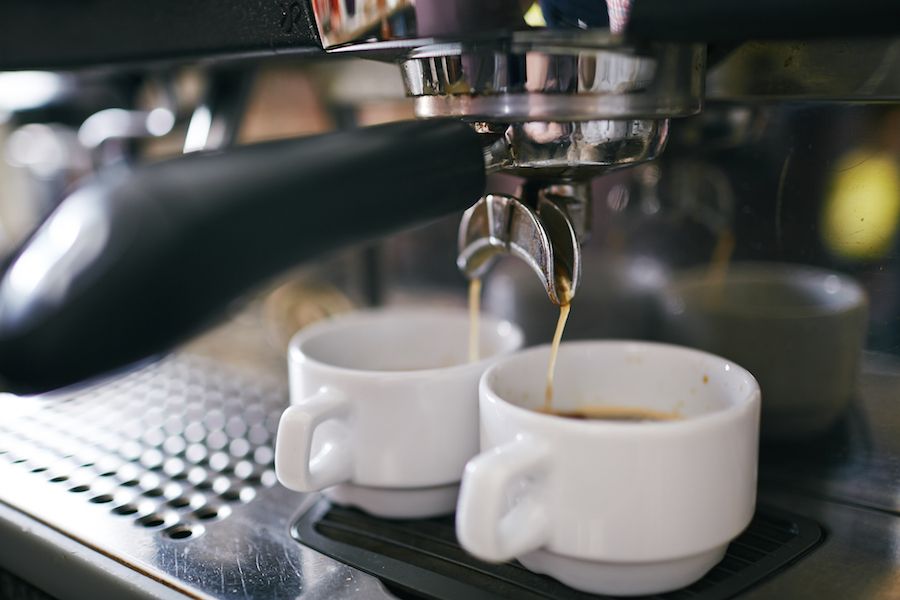A Comprehensive Guide to Brewing the Perfect Cup
Coffee is the most popular beverage in the world, and there are numerous ways to brew it. One of the most popular methods is drip coffee brewing. This method involves pouring hot water over ground coffee beans and letting it drip through a filter into a carafe or mug. While it may seem straightforward, achieving the perfect cup of coffee with a drip brewer requires some knowledge and technique. In this article, we’ll cover the essential elements of brewing, including choosing the right coffee beans, water quality, grind size, and tips for making the perfect cup of coffee.
Understanding the Brewing Method
The first step in mastering is understanding the basics of the brewing method. Coffee drip brewing requires a few essential pieces of equipment, including a coffee maker, filters, and ground coffee. Automatic drip coffee makers are the most common type of drip brewer and come in various sizes and features. However, pour-over coffee and French press brewing are popular drip brewing methods.
To make coffee with an automatic drip coffee maker, fill the water reservoir with cold water, and add the coffee grounds to the filter. The water heats up and drips over the coffee grounds, extracting the coffee flavour and aroma. The coffee then drips through the filter into the carafe or mug below. Pour-over coffee involves pouring hot water over the coffee grounds placed in a filter, while French press brewing requires steeping the coffee in hot water for several minutes before pressing the plunger.
Choosing the Right Coffee Beans for Drip Brewing
The quality of the coffee beans used for drip brewing plays a crucial role in the flavour and aroma of the coffee. When selecting coffee beans for drip brewing, consider the roast level, bean origin, and flavour profile. Dark roast beans are popular for drip brewing, producing a bold, full-bodied coffee flavour. However, light roast beans can also work well with drip brewing, creating a more delicate and nuanced coffee flavour.
The origin of the coffee beans can also influence the flavour profile. For example, beans from South America are known for their nutty and chocolaty flavours, while beans from Africa are more fruity and floral. Therefore, it’s worth experimenting with different types of coffee beans to find the flavour profile that best suits your taste preferences.
The Importance of Water Quality in Coffee Drip
Water quality is an often overlooked aspect of coffee brewing, but it can significantly impact the taste and quality of the coffee. Ideally, the water used for coffee drip brewing should be filtered or purified to remove impurities that can affect the flavour of the coffee. Hard water can cause scaling in the coffee maker and affect the taste of the coffee, while soft water can result in a flat-tasting coffee. The optimal water temperature for drip brewing is between 195-205°F, as too hot water can over-extract the coffee, resulting in a bitter taste.
The Role of Grind Size in Coffee Drip Brewing
Grind size is a critical factor that influences coffee extraction and ultimately affects the taste of the coffee. For drip brewing, medium grind size is generally recommended, as it allows optimal extraction of the coffee flavours without over-extracting or under-extracting the coffee. If the coffee is ground too fine, it can result in over-extraction, producing a bitter and overbearing coffee flavour. If the coffee is ground too coarse, it can result in under-extraction, making a weak and flat-tasting coffee.
Tips and Techniques for Making the Perfect Cup of Coffee with a Drip Brewer
To make the perfect cup of coffee with a drip brewer, here are some tips and techniques to consider:
- Preheat the coffee maker and the carafe or mug with hot water before brewing. This helps to maintain the optimal brewing temperature and prevents the coffee from cooling down too quickly.
- Use the correct coffee-to-water ratio. The general rule of thumb is to use two tablespoons of ground coffee per six ounces of water, but you can adjust this according to your taste preferences.
- Pour the water over the coffee grounds in a slow, steady stream rather than all at once. This ensures the coffee is evenly extracted, producing a more balanced flavour.
- Avoid leaving the coffee on the warming plate for too long, as this can cause the coffee to become overcooked and bitter. Instead, transfer the coffee to a thermal carafe to keep it warm without compromising the flavour.
- Clean your coffee maker regularly to prevent the build-up of oils and residues that can affect the taste of the coffee.
Conclusion
Coffee drip brewing is a simple and effective way to make a delicious cup of coffee, but it requires some knowledge and technique to achieve the perfect cup. By selecting the right coffee beans, water quality, grind size, and brewing techniques, you can create a rich, flavorful, and aromatic coffee that satisfies your taste buds. With these tips and techniques in mind, you’re well on your way to mastering the art of brewing and enjoying a delicious cup of coffee every day.

Paul Mason
coffee blogger
Interested to know more about Hot Coffee? Got a question about our content or perhaps want to make a suggestion? The feel free to contact us today.
We’ll be more than happy to take a look at any comments, requests or queries that you may have. Thanks for your time, and we hope that your next cup of coffee that you enjoy is the best one that you’ve had, every time!


